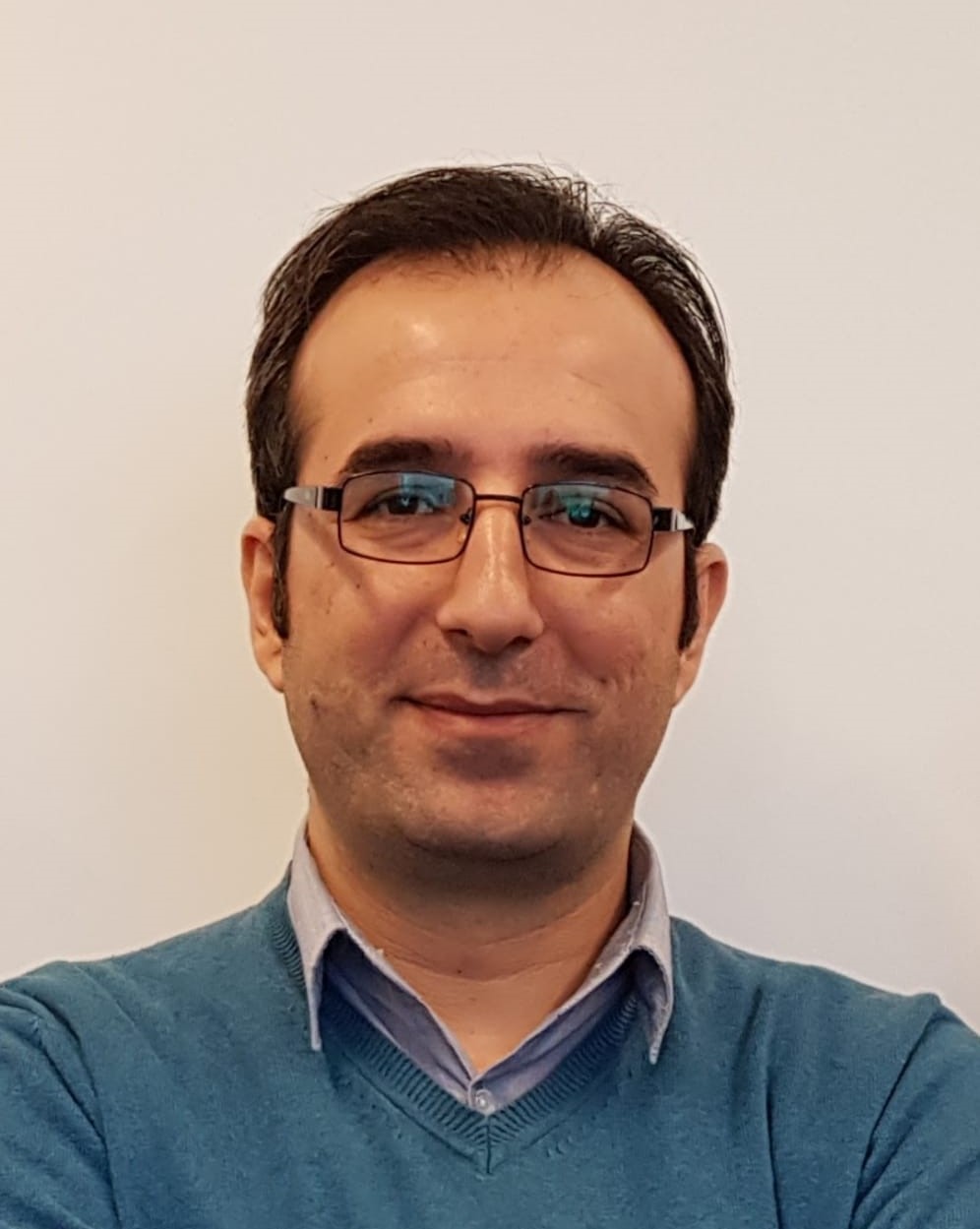The Alawite Catastrophe: The Ultimate Tragedy for Syrians
By Shoresh Darwish
No term can adequately describe the situation in the coastal regions of Syria other than to classify it as a campaign of genocide against the Alawites. Regardless of the justifications for military actions in these areas, they represent, in legal, humanitarian, and political terms: a campaign of collective extermination arising from successive and ongoing massacres.
The operation to track down the remnants of the previous regime—resulting in what can be described as a “witch hunt”—began when elements loyal to the former regime attacked forces affiliated with the government of Ahmed al-Sharaa. This was subsequently followed by a series of massacres, field executions, indiscriminate bombings from helicopters, raids, intimidation, theft, and looting carried out by mixed forces obedient to Damascus.
The escalation towards the coastal massacres can be traced to what the regime’s media and its supporters referred to as “individual mistakes.” These mistakes were a mixture of extrajudicial killings and acts of revenge that foreshadowed the potential for sectarian murder and cleansing. This path included scenes of violence and humiliation directed at Alawites, particularly those in Alawite villages in Homs and Hama, alongside the proliferation of sectarian rhetoric blaming the Alawites for the regime’s brutality and its horrific legacy.
Moreover, the policy of purging the public sector of thousands of employees from the Alawite community served as a precursor for questioning the intentions of al-Shara’a’s government, as these individuals were dismissed under the label of “fictitious employees.” This occurred against the backdrop of deteriorating living conditions for the impoverished classes in the coastal region. The route to the massacres also unfolded through intermittent military tensions in the villages and towns of the coast. The loss of hope in the project for political transition, combined with the evident desire of al-Sharaa and his ruling team to exclude politics from society, represents an indirect contributing factor among others. Furthermore, the preference for a language of exclusion and marginalization over dialogue, as well as the acknowledgment of the chronic sectarian, ethnic, and regional issues in Syria that require political and legal resolutions, has exacerbated the situation.
It can also be argued that the Damascus authorities’ willingness to quickly resort to violent solutions rather than political methods to address the root causes of the Syrian crisis is driven by a desire to preserve the “prestige of the state.” This “prestige” is a critical concept in the mindset of any regime seeking to demonstrate to both its supporters and potential adversaries that it can exercise repression and carry out massacres at will. The exaggerated display of this prestige has necessitated the employment of mobs, foreign jihadists, and various kinds of murderers to instill terror in civilians, even before targeting the remnants of the regime. Does this behavior remind us of what Assad’s state forces and their militias did? Indeed, there are no other answers.
The graphic violence and video-documented executions were not arbitrary acts for the disciplined and highly centralized forces of Hay’at Tahrir al-Sham, from which the new “Syrian Arab Army” emerged. The propaganda surrounding these killings and threats was an integral part of the war media machinery designed to normalize attitudes among all sectarian and ethnic communities, serving as a message aimed at Alawites and any factions opposing the project of absolute rule.
Furthermore, the integration of factions within this army—such as the “Al Amshat” and “Hamzat” factions, known for their insatiable appetite for killing, looting, and plundering—was not a trivial detail. The inclusion of these factions was necessitated by Hay’at Tahrir al-Sham’s need to manage the extensive area of military operations amid limited resources. Additionally, the more heinous tasks were assigned to these factions; they are known for having conducted “successful” operations to cleanse the Afrin region of parts of its population, subjecting them to a brutal regime characterized by murder, theft, expulsion, population replacement, and confiscation of property.
Moreover, the interim administration finds itself in a precarious position, despite its tough rhetoric and posturing. It appears that Damascus can no longer effectively control the chaos caused by armed groups that have run rampant in the coastal region, even if the task of restoring order is later assigned to the General Security Forces. Thus, the Damascus authority faces two potential outcomes: either it engages in a cycle of military conflict with the unruly groups, dismantling the existing alliance with them under the Ministry of Defence, or it accepts the current situation, which entails international condemnation of the massacres and a high rate of civilian casualties. This acceptance would likely lead to increased national polarization and a squandered opportunity for dialogue with both the northeastern and southern regions of Syria.
At this moment, there are two images of Ahmed al-Sharaa: The first depicts him as a ruler who lacks the power to control the armed groups nominally under the Ministry of Defence, revealing the underlying factionalism and diverse loyalties that make it difficult to adhere to the directives from the ‘President of the Republic’ and his Minister of Defence. The second image presents him as a ruler who is aware of what is happening and desires this bloody outcome. In both cases, this represents a significant failure of the Arab and Western demands, which have repeatedly emphasized the necessity of protecting minorities and integrating them into the political process.
In the midst of the current events, it is important to recognize that massacres shape the consciousness of communities and embed themselves in their collective subconscious. As a result, the massacres and terror experienced on the coast will leave a profound mark on the conscience of this community and instill concern among the rest of the Syrians who do not support revenge-driven projects. Thus, the first prudent steps should involve holding the perpetrators accountable and restoring dignity to the families of the civilian victims. This task should be entrusted to a neutral and protected committee, distinct from the ‘National Dialogue Conference’ committee or the committee for drafting the constitutional declaration, as public trust in these “committees” has eroded.
Furthermore, dismantling the concept of a sectarian army appears to be a potential solution for al-Sharaa himself, should he choose it. It is essential now to assign part of the responsibility for protecting the coast to its inhabitants—Alawites, Ismailis, Sunnis, and Christians—ensuring inclusivity among all Syrians from the coast without discrimination. Otherwise, the presence of elements from a single sect or creed will evoke memories of past massacres and reinforce the notion that the local community is under “internal occupation,” reminiscent of the Assad regime’s legacy. In this scenario, the remnants of the regime will find it easier to instigate new strife in the future.




Comments are closed.